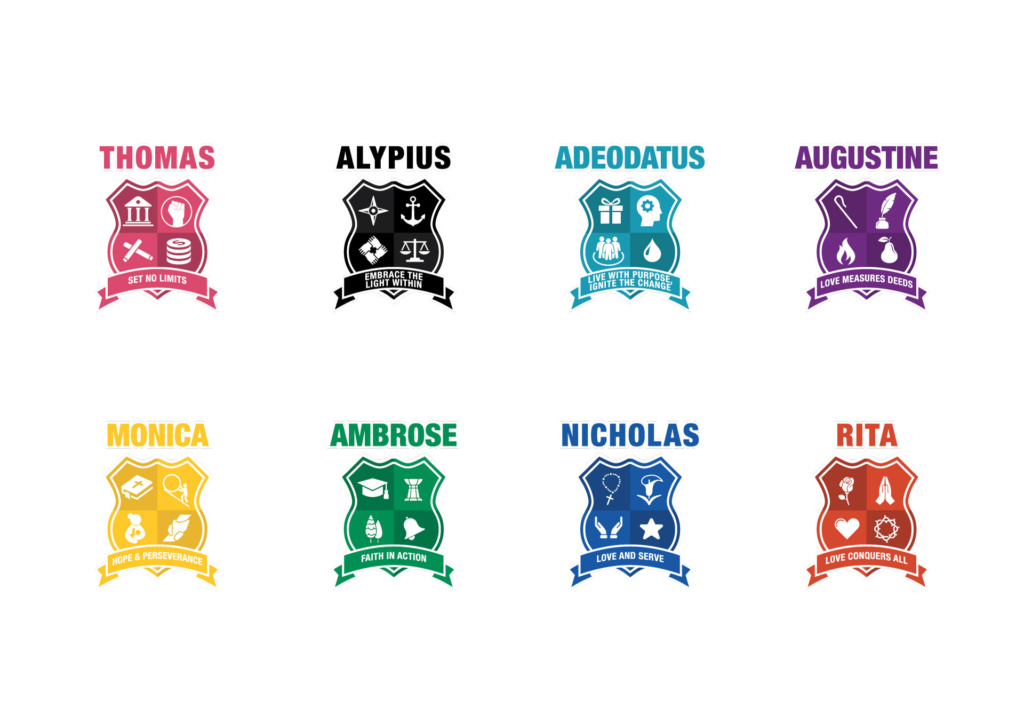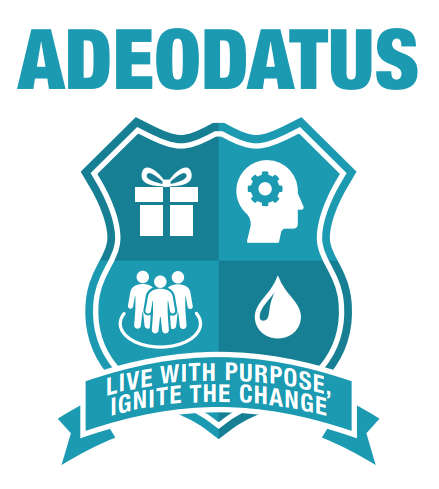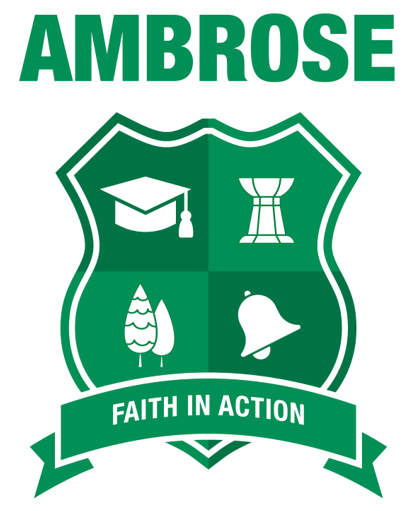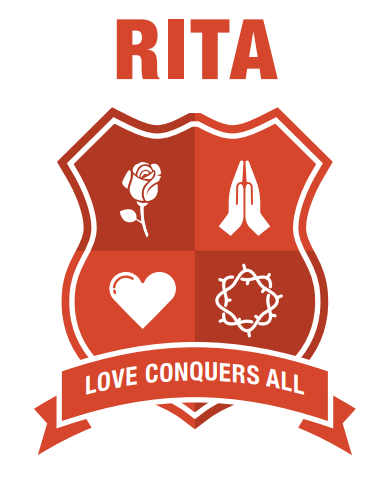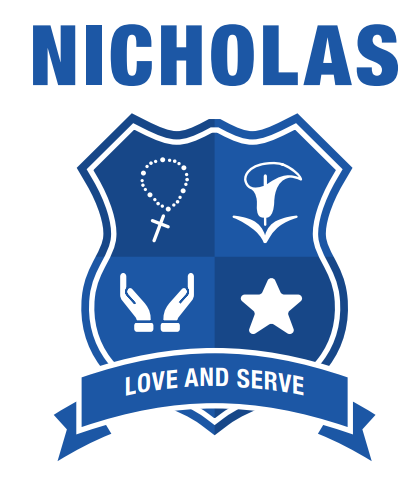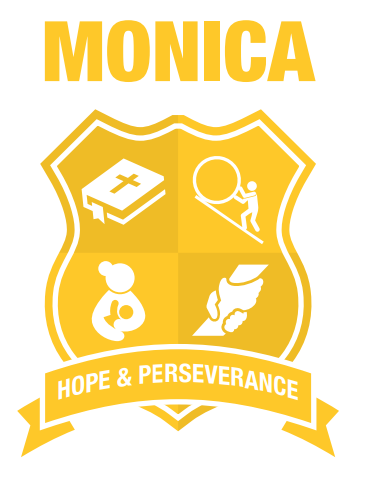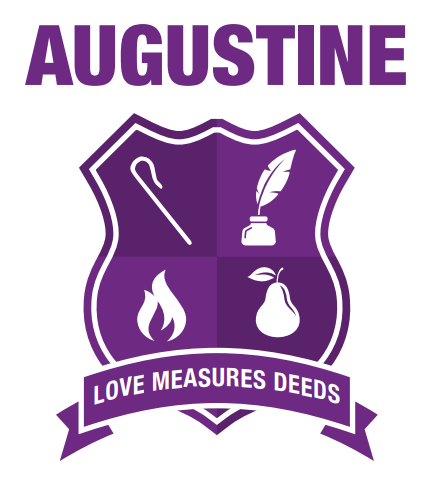St. Rita of Cascia, often called the “Saint of the Impossible,” is a highly revered figure in the Catholic Church. Born in 1381 in Italy, her life was marked by unwavering devotion, resilience, and miraculous interventions.
Despite her early desire to enter religious life, Rita was married to a man with a violent temper due to her parents’ insistence. She faced the challenges of this union with remarkable faith, demonstrating patience, kindness, and forgiveness. Through her devout prayers and the power of her example, she witnessed a profound transformation in her husband, who renounced his violent ways before his passing.
After her husband’s death, Rita pursued her original calling and joined the Augustinian convent in Cascia. There, she lived a life of prayer, penance, and service, deepening her connection with God and interceding for those in need. Rita’s years as a nun were characterised by humility, obedience, and a deep love for God and humanity.
St. Rita is known for the miracles attributed to her intercession. Many turned to her in seemingly impossible situations, and numerous accounts tell of miraculous healings and reconciliations brought about through her intercession.
St. Rita’s life serves as an inspirational model of faith, forgiveness, and trust in God’s providence. Her story reminds us that, even in the most challenging circumstances, unwavering faith and perseverance can lead to transformation and miracles. She continues to be venerated as a symbol of sanctity and a source of hope for those facing seemingly insurmountable obstacles.
The Rita House crest features symbols that represent her life: the rose signifies the miracle of the winter rose, the veil represents her religious piety, thorns signify the hardships she endured, and the heart symbolises her unconditional love for God.
The motto for Rita House is “Love conquers all,” encapsulating her ability to love unconditionally and extend forgiveness, even in the face of difficulties and injustice.
The modern patron linked to Rita House is Bishop Crane OSA. As a capable administrator and dedicated traveler throughout his diocese, he brought stability to a struggling region. Bishop Crane’s honesty, humility, and unwavering prayer, even during his nineteen years of blindness, serve as a remarkable example of patience and devotion.
The mascot for Rita House is the Bee, symbolising Rita’s diligence and hard work in serving God and others. Legend has it that bees swarmed around her crib as an infant, foretelling her future holiness.


